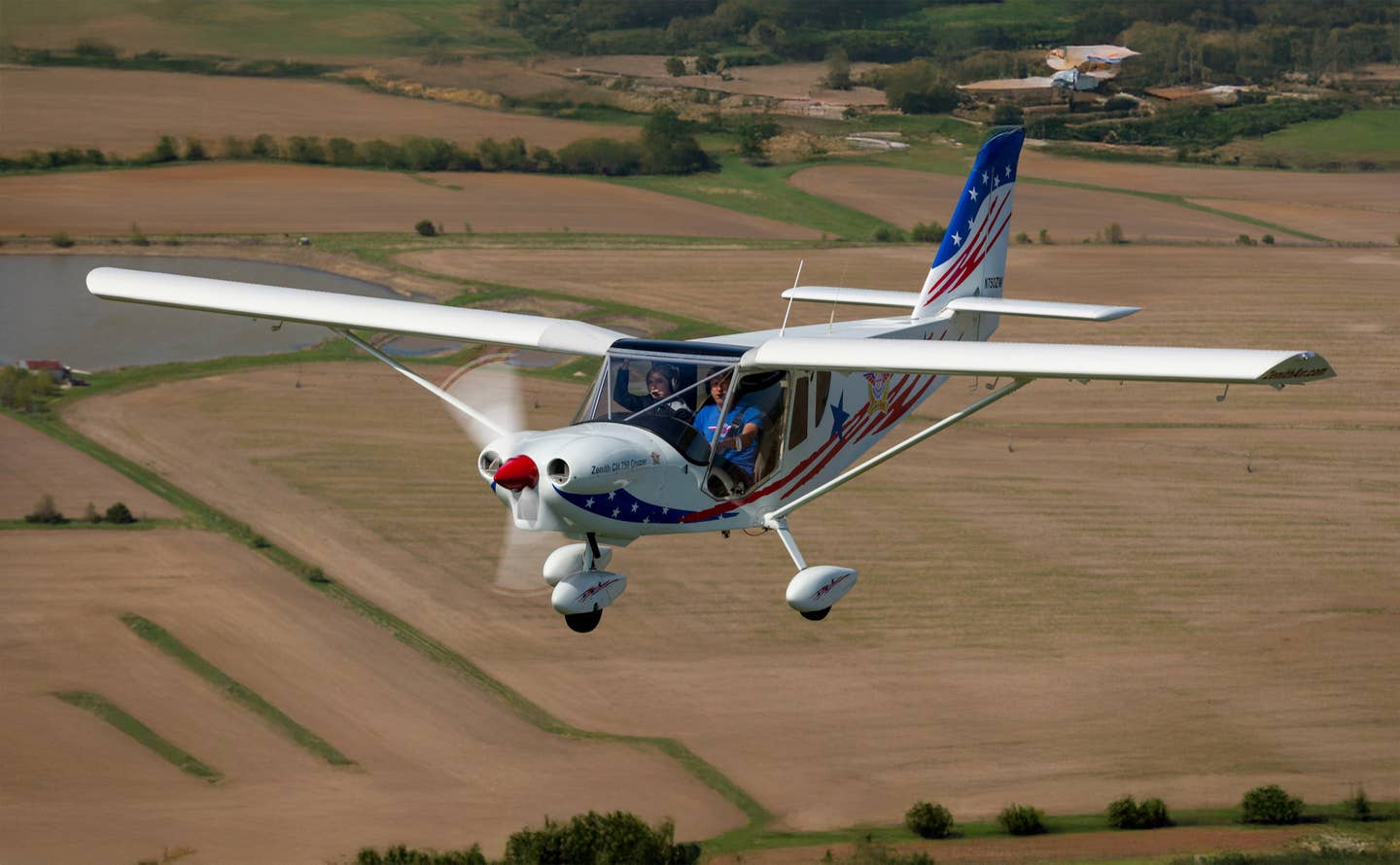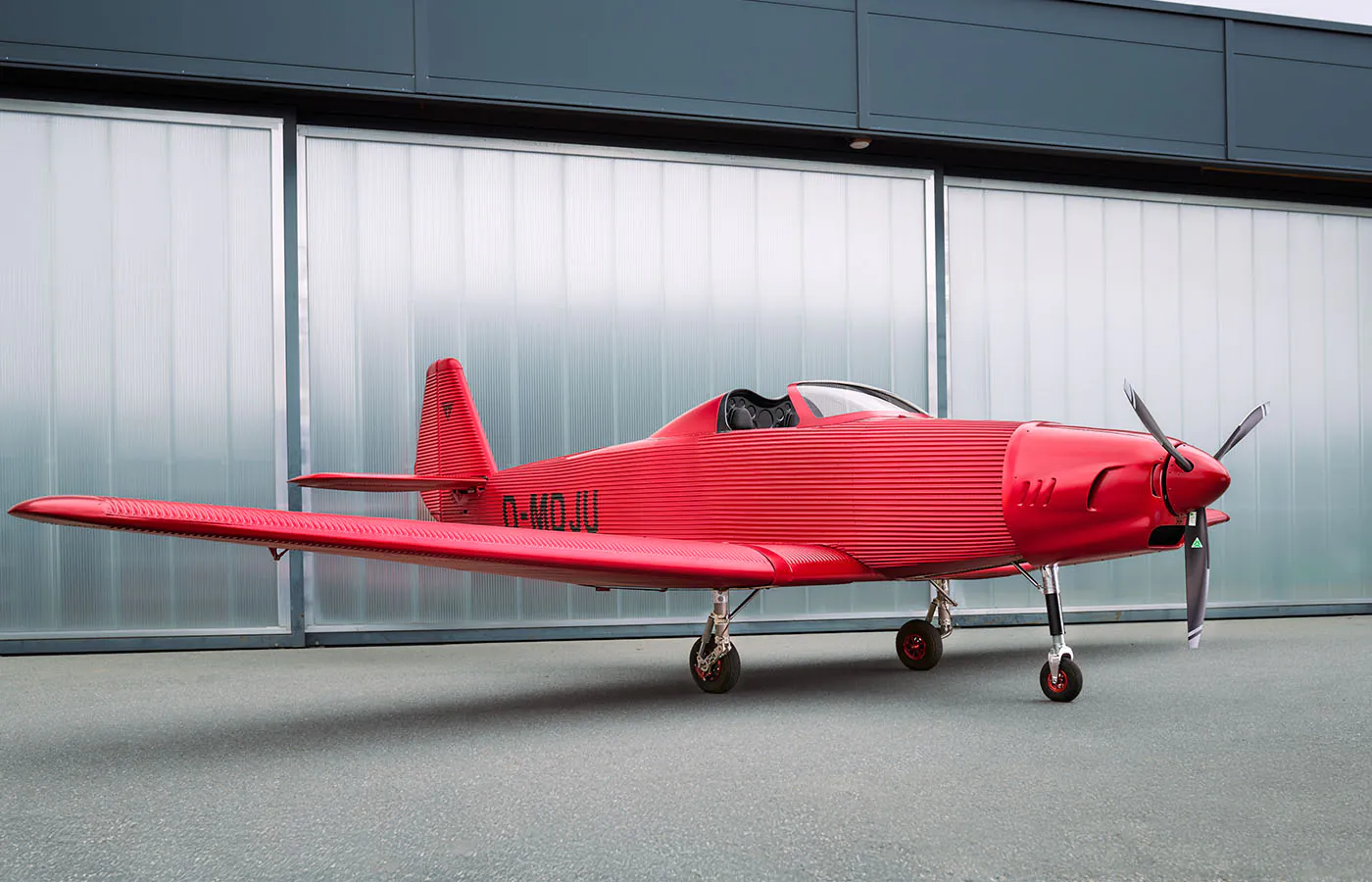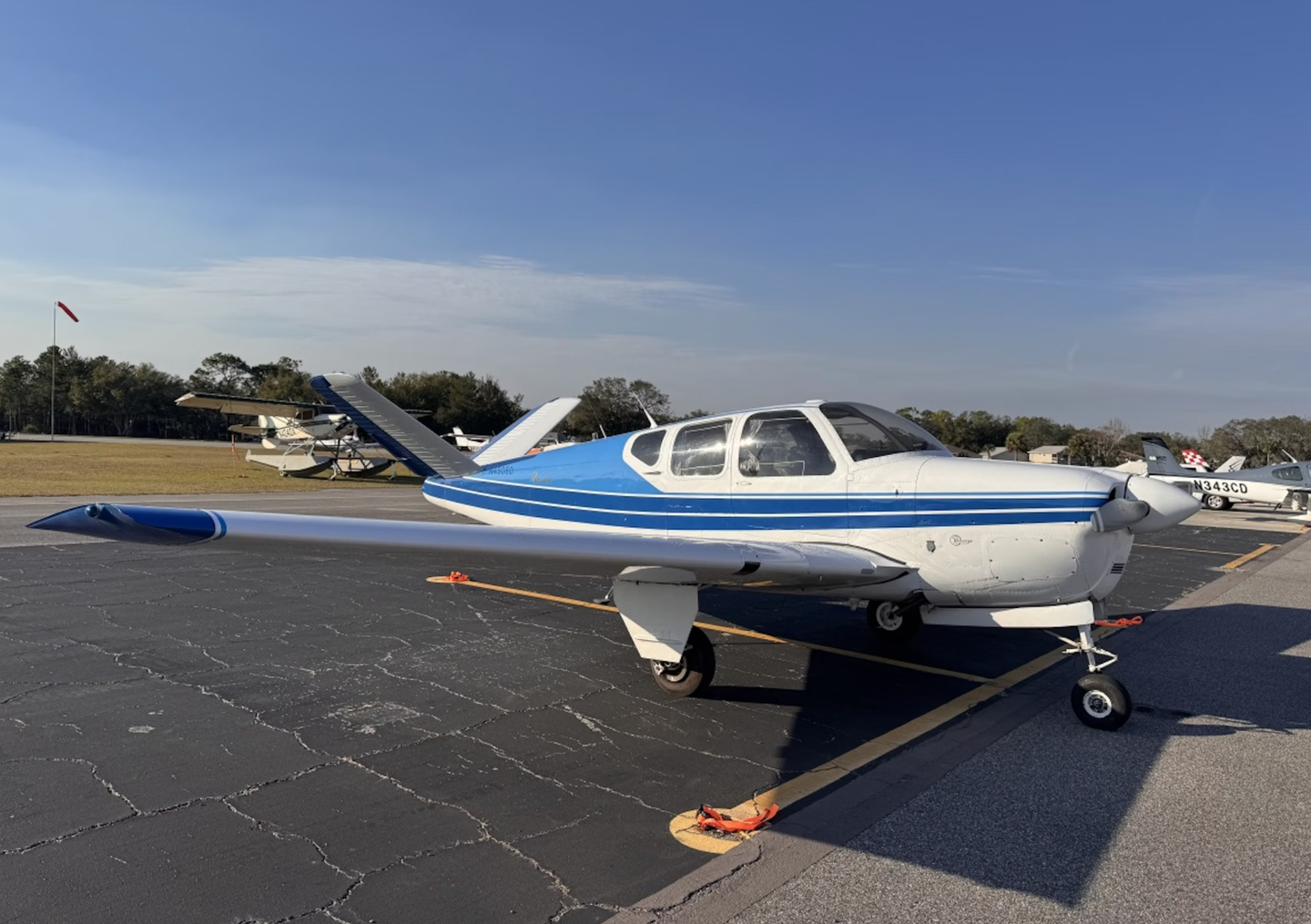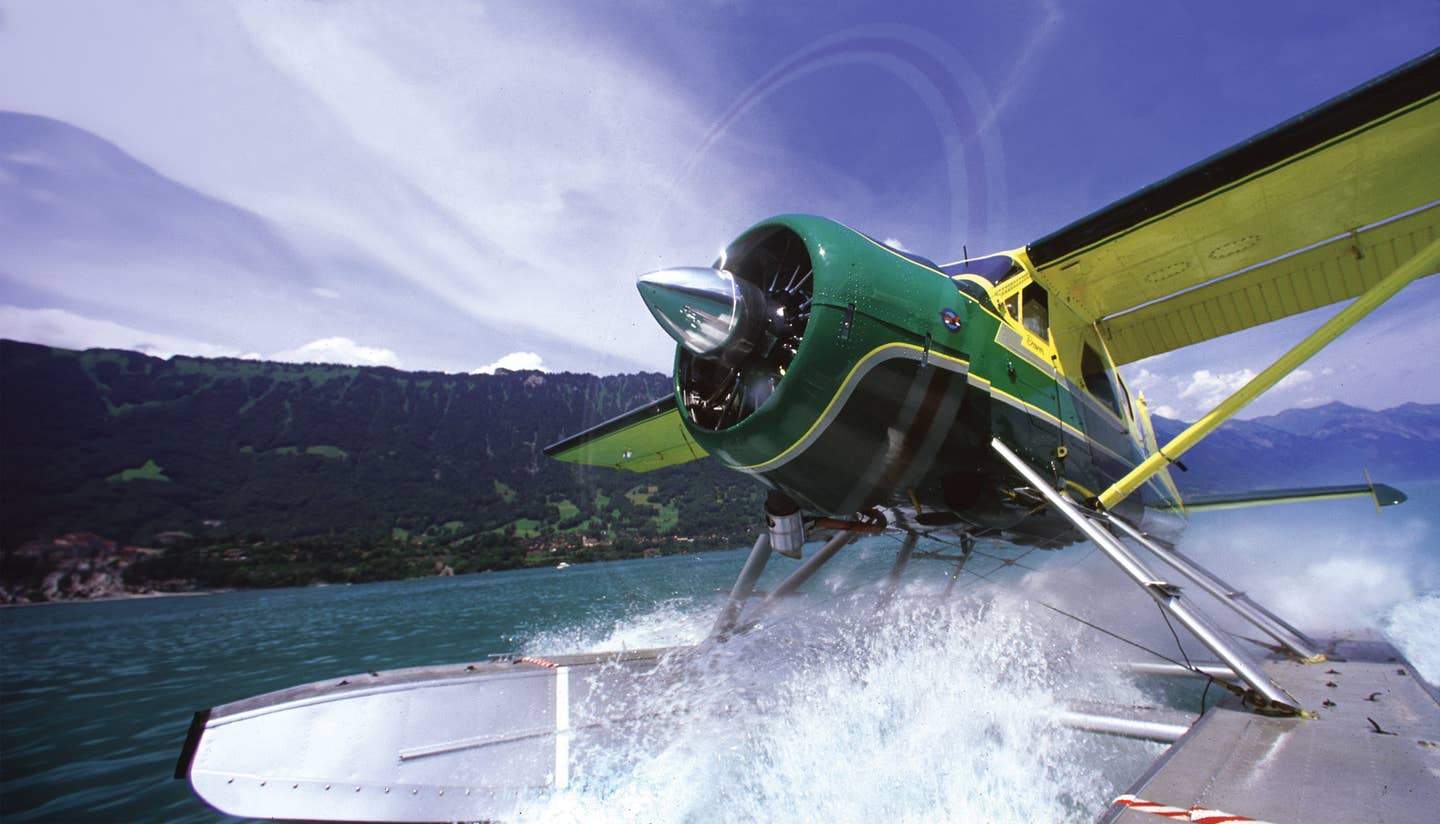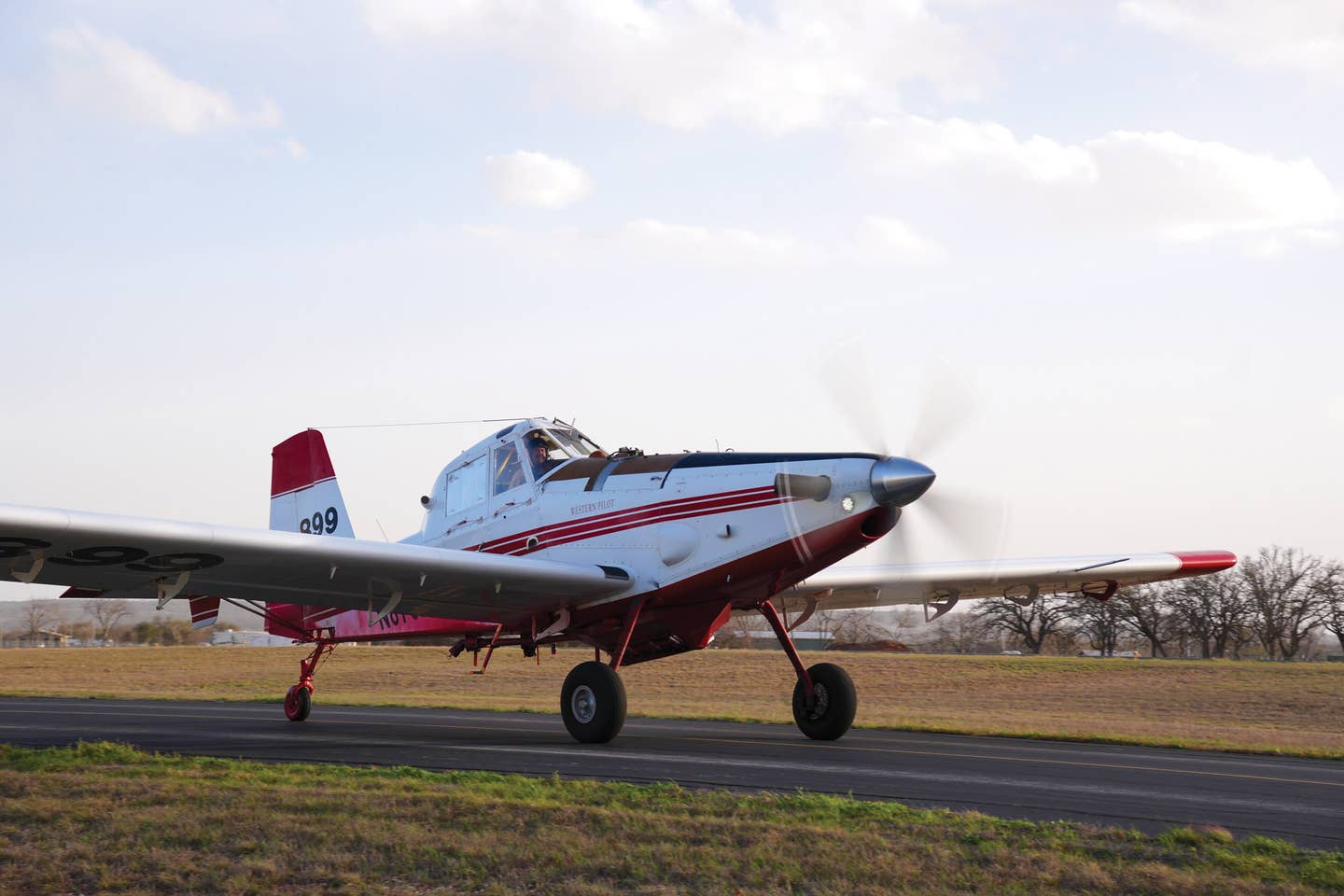Nemesis NXT
Homebuilt sportster is known for breaking the 400 mph barrier at the Reno Air Races .
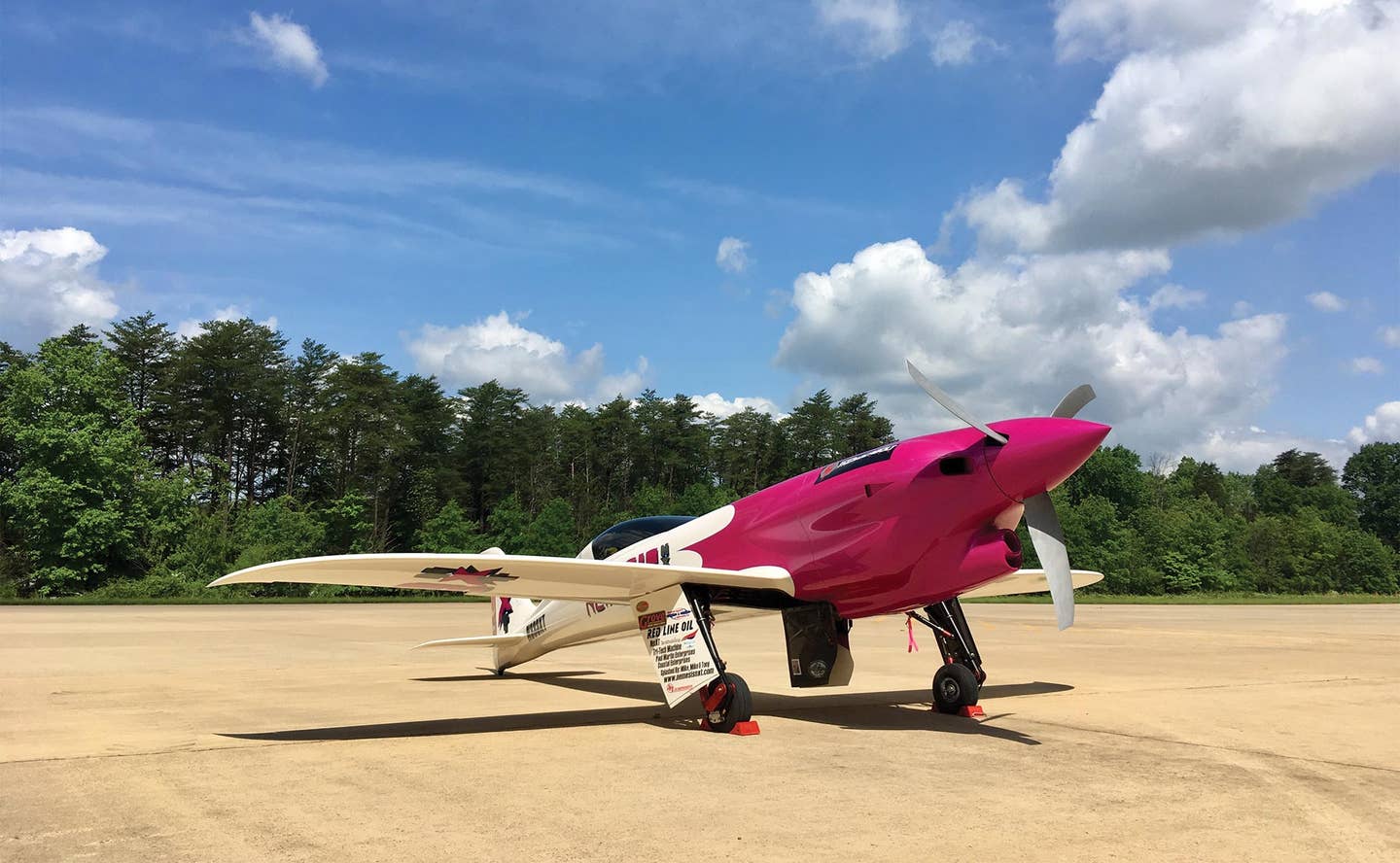
Sleek, purposeful, menacing, fast—the Nemesis NXT joined the 400 mph club. [Photos: Justin Phillipson, Steve Hill]
Like so many of my generation, I grew up reading about the exploits of the golden age of air racing. The 1930s produced a series of civilian race planes that outran the fastest military pursuit fighters. The Granville Brothers Gee Bee R-1, Travel Air Mystery Ship, Supermarine S6, and, of course, Howard Hughes’ legendary H-1 set speed and distance records, pushing the boundaries of speed to nearly 400 mph.
However, the technical advances during World War II changed all that. In the late 1940s, surplus unlimited class World War II fighters, and for a while military jets, soon pushed 400 mph air race speeds out of reach. That is until 2007 when the husband-and-wife team of Jon and Patricia Sharp took on the 400 mph mark in their Nemesis NXT.
Any great aviation achievement starts with the people, and the Sharps are the first to say that the design and construction of Nemesis NXT was a team effort involving many loyal friends and contributors. Jon, by day an engineer at the fabled Lockheed Skunk Works, designed the sleek two-place airframe around the stout twin-turbocharged Lycoming TIO-540 Thunderbolt engine.
Patricia created the 44 molds and laid up the carbon fiber for the initial Nemesis NXT, plus four additional complete kits to comply with the emerging regulations of the Sport Air Racing class. The NXT was designed using computer-based computational fluid dynamics (CFD), NASA-derived airfoils, and was tested in the Lockheed wind tunnel to refine the aerodynamics. However, like any overnight success story, the actual journey to the NXT began in the early 1990s with the original Nemesis.
Sharp DR 90 Nemesis
Their first effort at building a unique air racer was the original Nemesis, designed to compete in the Formula One class at the Reno Air Races. This class enforces fixed landing gear and is powered by the ubiquitous Continental O-200, modified to turn quite a bit more rpm than when powering a Cessna 150.
Nemesis featured a complete carbon fiber airframe, laminar flow wing, and many aerodynamic refinements that allowed it to reach nearly 300 mph. From 1991-98, the original Nemesis became the winningest airplane in air race history, capturing 45 of 48 events. Once retired, it earned a spot in the Steven Udvar-Hazy Center in Chantilly, Virginia, and today headlines the “Nation of Speed” exhibit at the Smithsonian National Air and Space Museum in Washington, D.C. However, the Nemesis story did not end here.
NXT (Neoteric eXperimental Technology)
The Sharps turned their attention to the emerging Sport Air Racing class. This time the airframe, designed for kitbuilt sport aircraft class, featured retractable landing gear, two-place cabin, and required the previously mentioned five-kit minimum.
Drawing on Jon’s experience at the Skunk Works, which over the years had developed everything from the original P-80 jet fighter to the SR 71 Blackbird, this new design features a long, tapered fuselage, crescent-shaped wings, and elegant nose section designed to decrease cooling drag and increase induction pressure.
The electrically actuated landing gear and gear doors are completely mechanical, without the usual microswitches and other electrical complexity. Flight controls are actuated by dual sidesticks. As visibility over the nose is severely limited on the ground, a forward-facing video camera and screen are provided.
Flying the NXT is an experience. Sharp describes its takeoff, speed, and landing performance as “breathtaking.” He flies downwind leg at 150 mph, final approach at 130, and touchdown at 110–the NXT stalls at 90 mph. Obviously, longer runways are required, and the skill level to handle this high-speed taildragger is quite high.
First fight took place in 2004, and Sharp and the team arrived at the 2005 Reno Air Races with the goal of qualifying and wringing out the airframe. Unfortunately, after successfully qualifying at nearly 350 mph, the robust landing gear inexplicably collapsed on landing. Returning in 2006, Nemesis won the Sport Class Gold race and went on to dominate the competition for the next several years. During the 2009 competition, this second-generation Nemesis set records every day of the competition, and “two on Sunday,” becoming the first kitbuilt design to win at over 400 mph (actually 407.061). For reference, this was faster than half of the unlimited class WWII Mustangs, Sea Furys, and Warhawks that year.
Rolls-Royce ACCEL/NXT NEXT
Jon Sharp retired from air racing in 2011 as the winningest pilot in the sport’s history. But the Nemesis story did not end here. In 2018, Rolls-Royce was looking for a record-setting technology demonstrator to show off its emerging electric aircraft engine and battery technology.
The Nemesis NXT airframe was the right choice, but where to find one? Serendipitously, air racer Kevin Eldredge had built an additional five NXT kits. Kit No. 10, partially completed, was available in France.
Dubbed the Spirit of Innovation, this latest iteration of the Nemesis airframe is powered by three electric motors driving a single MT propeller and carries a nearly 1,500-pound battery pack. Registered in Great Britain as “G-NXTE,” it nearly doubled the electric aircraft speed record, posting a top speed of 388 mph and setting several closed-course and time-to-climb records along the way.
So where is the original Nemesis NXT today? Right where it belongs—in the National Air and Space Museum’s Udvar-Hazy Center at Dulles International Airport (KIAD). Oh, and before Nemesis NXT headed to its well-deserved retirement, the Sharps and their team decided to take one more shot at the record books.
On October 1, 2015, Nemesis NXT set the world record for a 100-kilometer closed course at a little over 397 mph. Not bad for a privately funded husband-and-wife team and a group of dedicated volunteers who decided to build this incredible plane, go fast, and make a little history.
Those air racers from the 1930s should be very proud.
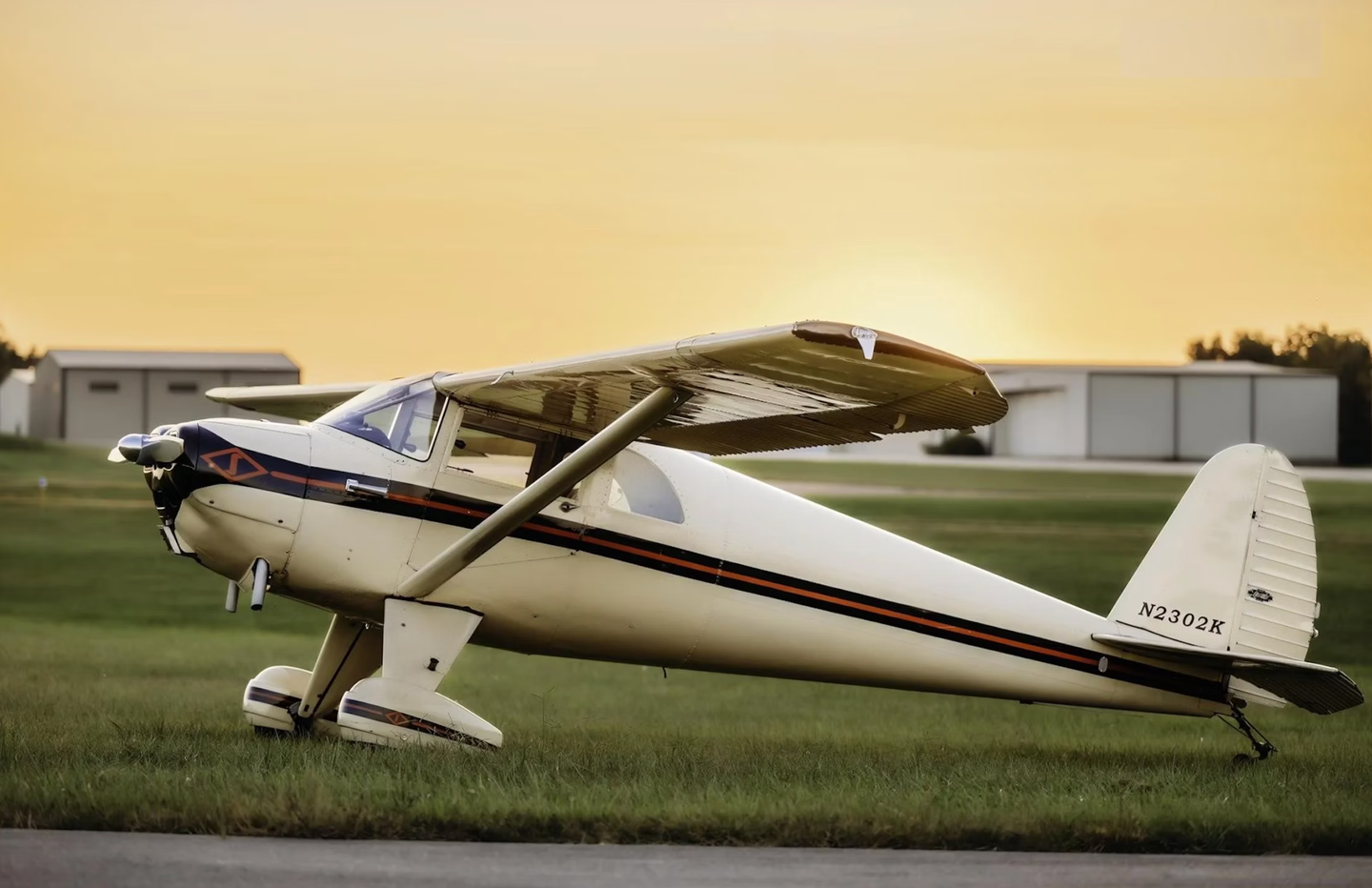
Subscribe to Our Newsletter
Get the latest Plane & Pilot Magazine stories delivered directly to your inbox

